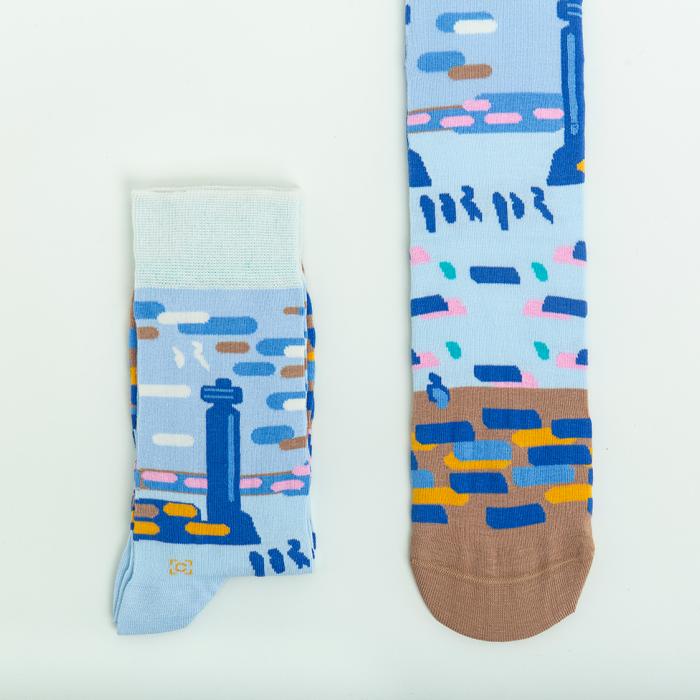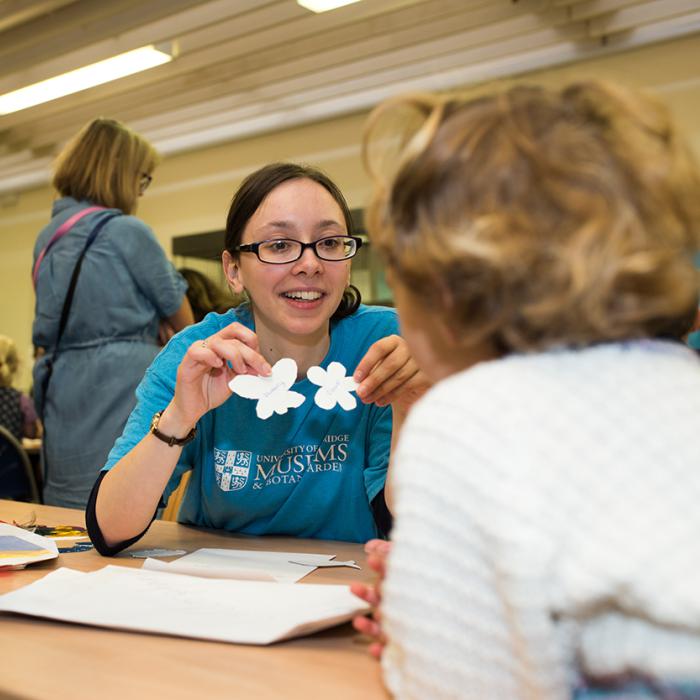The Whipple collection contains some astonishing scientific instruments from the 17th century, but how were they used in practice? In this special Open Cambridge talk, the Museum’s Director Dr Joshua Nall will introduce you to a short history of 17th-century instruments and their use.
Drop in. Seated talk in the Learning Gallery.
About the event
Join Dr Sarah-Jane Harknett, Head of Public Engagement and Learning, and Dr Ayesha Fuentes, an Affiliated Researcher in Conservation, as they share their recent practice-based research in impact evaluation and best practices for the safe handling of hazards in museum collections.
This is a free event. To book your place and receive the Zoom link contact admin@maa.ca.ac.uk.
About the speakers
Rowan Huntley, MA is the artist behind the upcoming special exhibition at the Polar Museum, Through Ice and Fire. This talk will give a behind the scenes look at Rowan's artistic processes and the science of creation. The artwork in Through Ice and Fire explores the scientific work of Dr Joanne Johnson and echoes Rowan's deep emotional connection with the natural world.
To celebrate Carbon Literacy Action Day, Molly Stock-Duerdoth, Learning Host and participatory researcher will look at how sustainability and care link objects, people, and the planet. Inspired by the connection between museum practice and the climate emergency, we will discuss histories of care and repair at Kettle’s Yard through its work with collections and communities.
Explore the Polar Museum with one of the experts! Staff from the museum will offer a brief history of the Scott Polar Research Institute and take you on a mini tour of some of their favourite objects in the collection.
Explore the Polar Museum with one of the experts! Staff from the museum will offer a brief history of the Scott Polar Research Institute and take you on a mini tour of some of their favourite objects in the collection.
Programme
Beethoven, Six Bagatelles, Op.126
Thomas Tomkins, A Sad Pavan for These Distracted Times
Bill Evans, Peace Piece
Schubert, Piano Sonata in A major, D959
Doors will open at 7.30pm.
Programme
Ludwig van Beethoven, String Quartet in D major, Op.18 No.3
Haydn, String Quartet in G minor, Op.20 No.3
Ludwig van Beethoven, String Quartet in E flat major, Op.74 ‘Harp’
Doors will open at 7.30pm.
Programme
Dmitri Shostakovich, String Quartet No. 1
Ludwig van Beethoven, String Quartet in F minor, Op.95
Silvia Colasanti, Due Destini
Antonín Dvořák, String Quartet in E flat major, Op.51
Doors will open at 7.30pm.
Programme
Cheryl Frances-Hoad, Stones in the Sky (new work)
Schumann, Carnaval, Op.9
Schubert, Allegretto in C minor, D915
Schubert, Wanderer-Fantasie, D760
Doors will open at 7.30pm.

